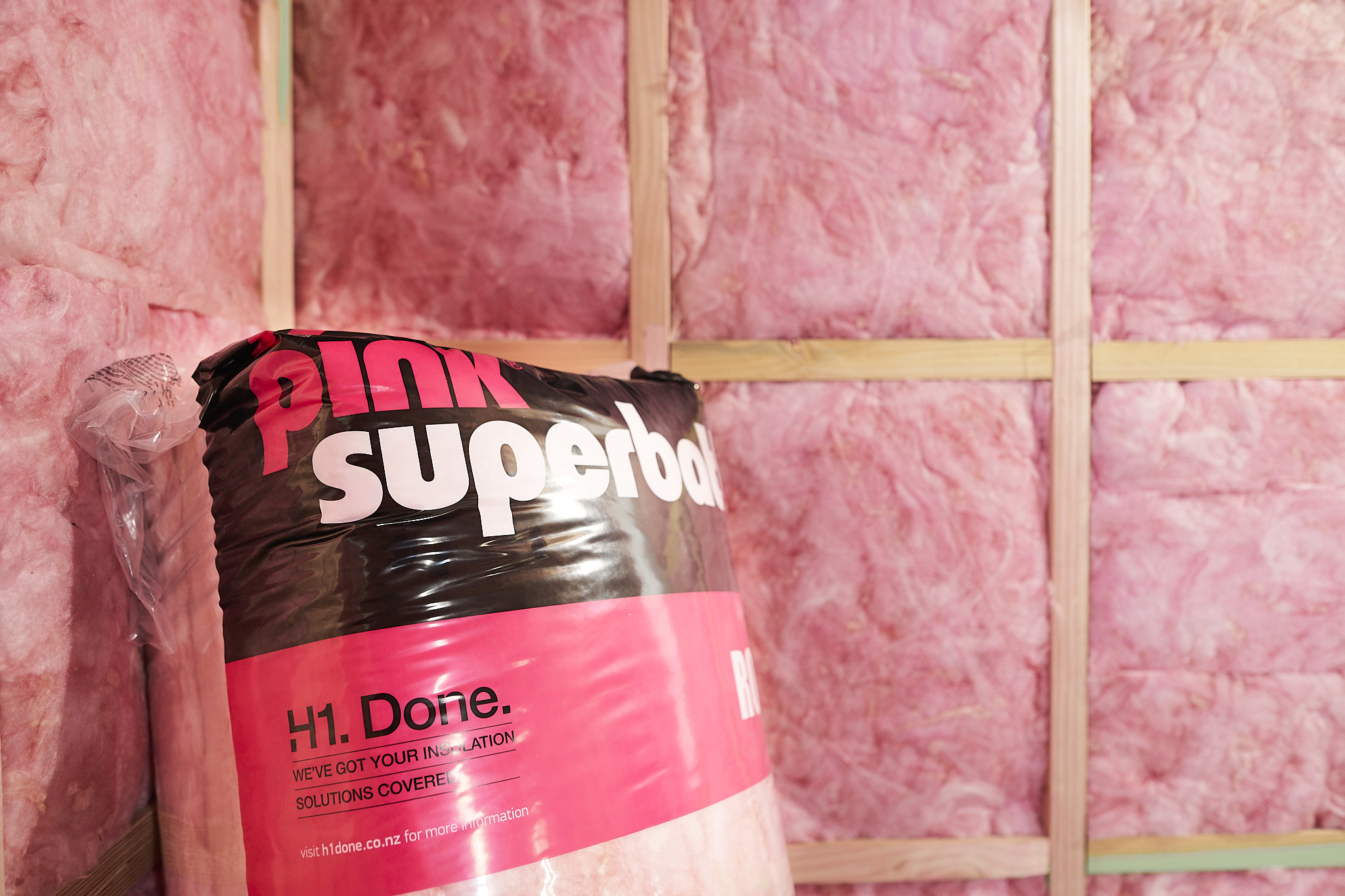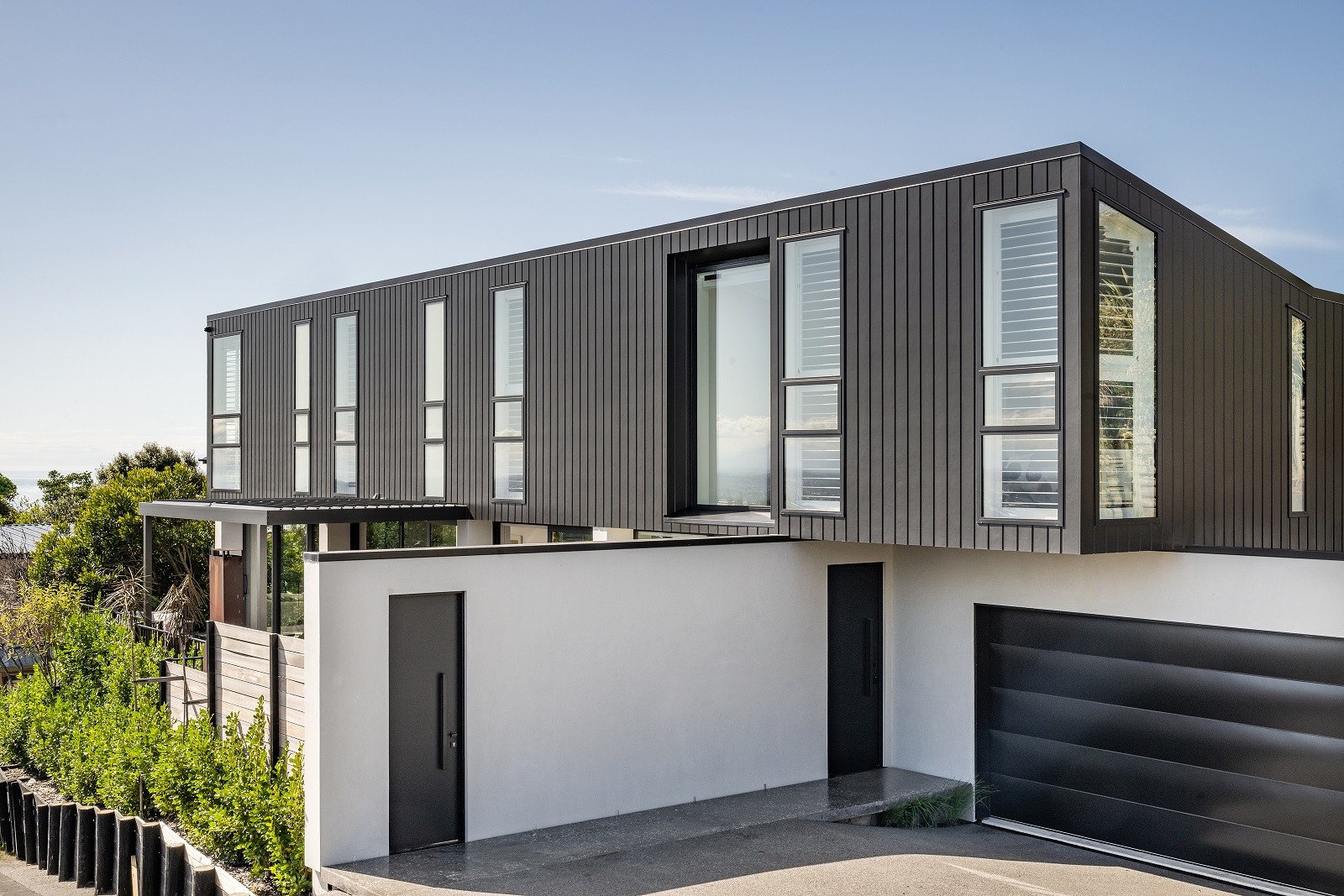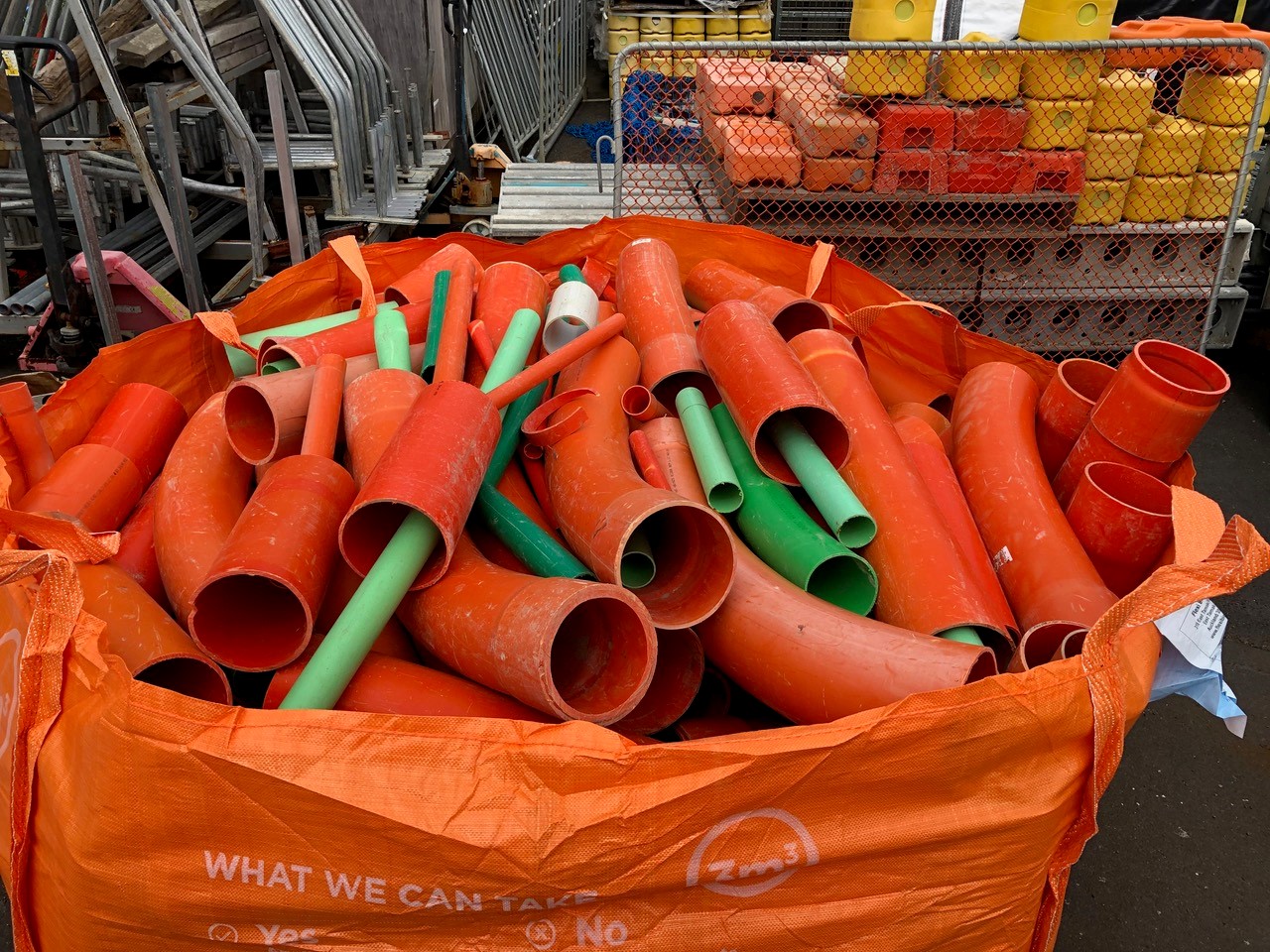A kind of urban sculpture is close to completion in the sophisticated Port district of downtown Beirut. Described by one commentator as ‘an ancient monolith’, the Stone Garden Housing project, designed by Paris-based Lina Ghotmeh – Architecture, manages to be provocative, reflective and redemptive, all at the same time.
Beirut is one of the world’s oldest cities, inhabited for more than 5,000 years and with evidence of scattered human occupation for much longer than that. It has often been a contested place, occupied by some of history’s great empires. Devastated by decades of conflict at the end of the twentieth century, Beirut is rising again.
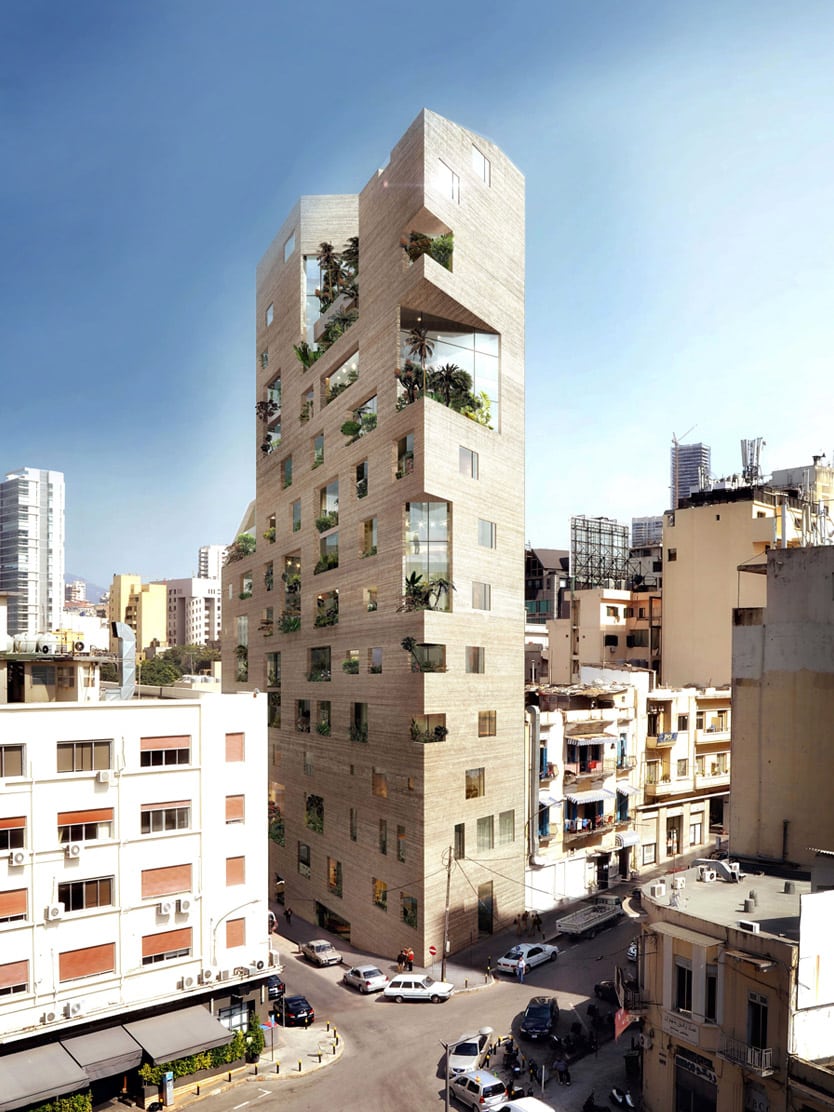
In its earlier phases of construction, Ghotmeh’s 13 story tower was skeletal and confronting, a hollowed out shell with harsh and jagged openings framing views of the harbour beyond. Its raw sandstone colour, raked with horizontal furrows and irregular apertures echo the devastation Beirut experienced when it was convulsed by civil war, sectarian violence and international invasion.
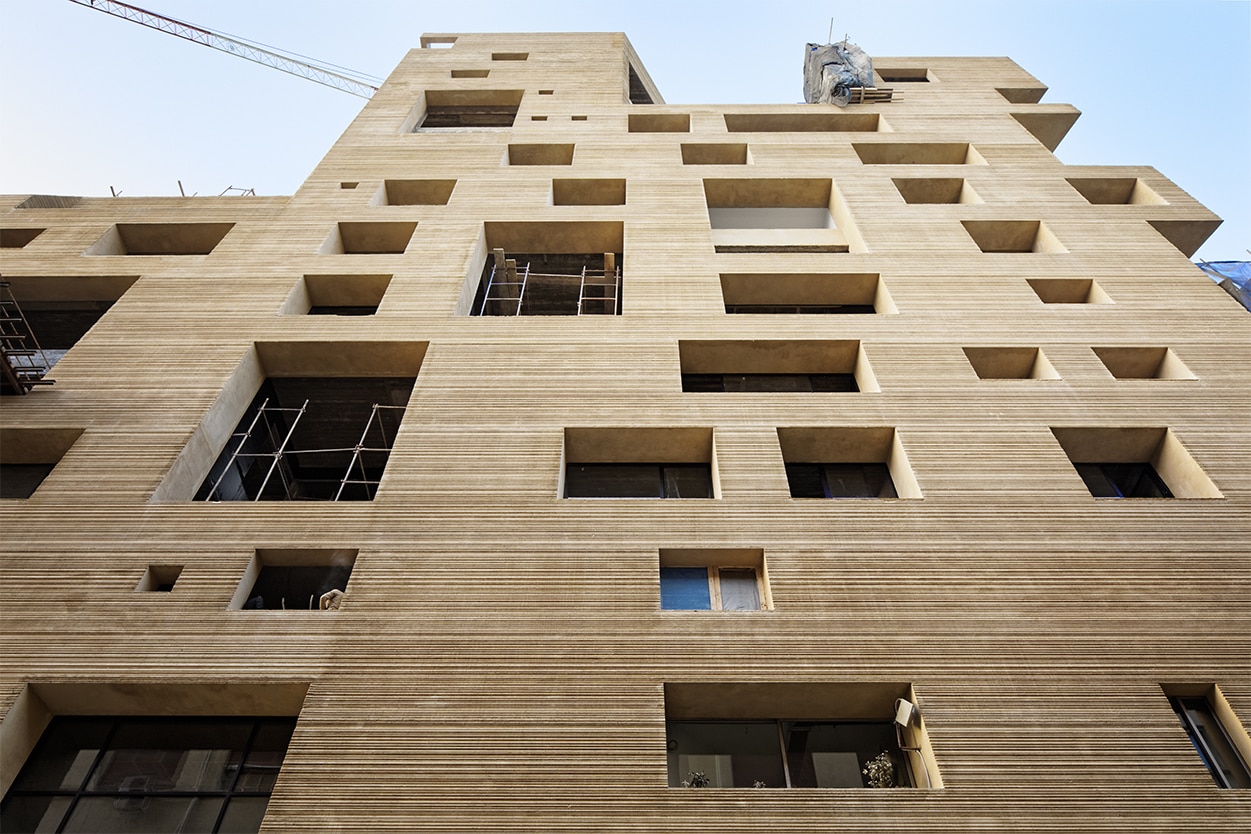
Lina Ghotmeh was born during this tumultuous and bloody era. Educated at the American University of Beirut, her architectural studies explored concepts of memory, space and landscape. She continued at Paris’ Ecole Spéciale d’Architecture and spent seven years as Associate Professor there. The winner of a number of awards, Ghotmeh is in demand to speak at conferences, participate in juries and workshops and to articulate her vision both within France and across the globe.
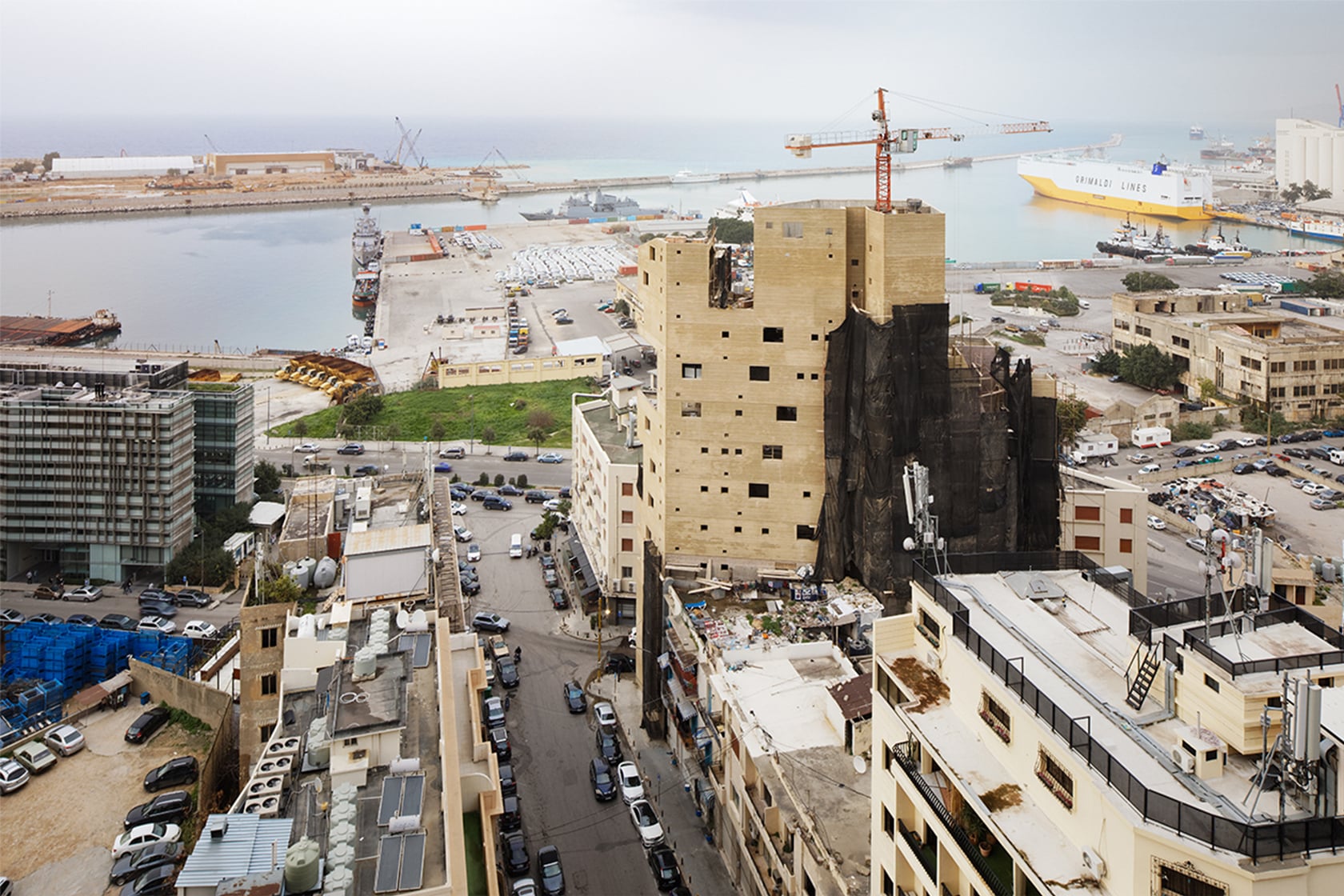
For her a key part of architectural practice is to ask fundamental questions, such as “what are you doing, and what is architecture…?”. These questions aren’t academic abstractions but an attempt to wrestle with the present and find a way forward for the future. Ghotmeh adds “its also questioning the environment, the dynamics of finding a special construct… to rejuvenate the environment”.
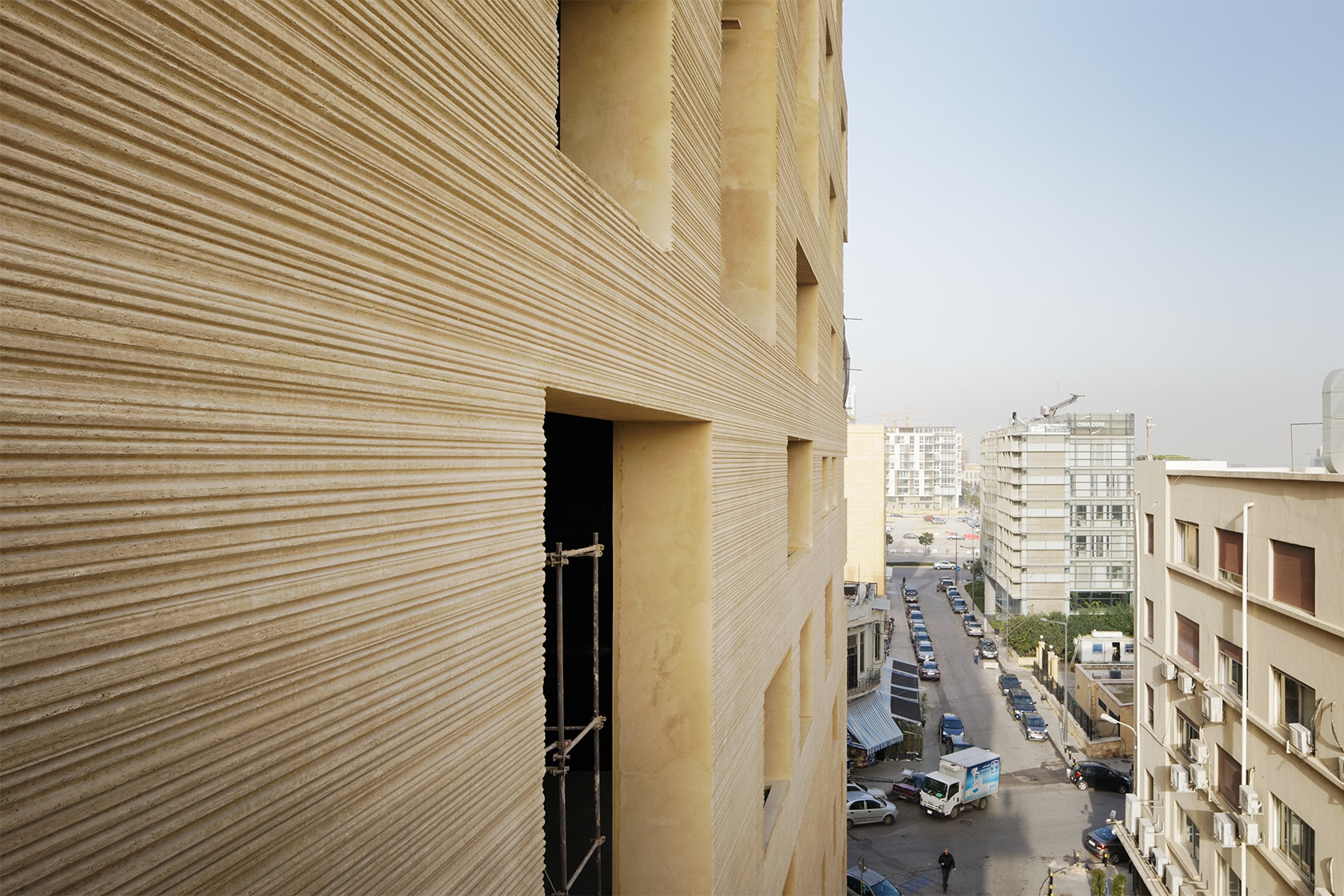
Stone Garden Housing echoes Beirut’s shattered past, but doesn’t stop there. It offers a new interpretation and a new hope. As the building comes to completion its gaunt holes have been filled and softened by the reflections of blue skies in its windows. Its earthy tones and textures are complemented by balconies on every level and trees, shrubs and gardens populate many of its apertures.
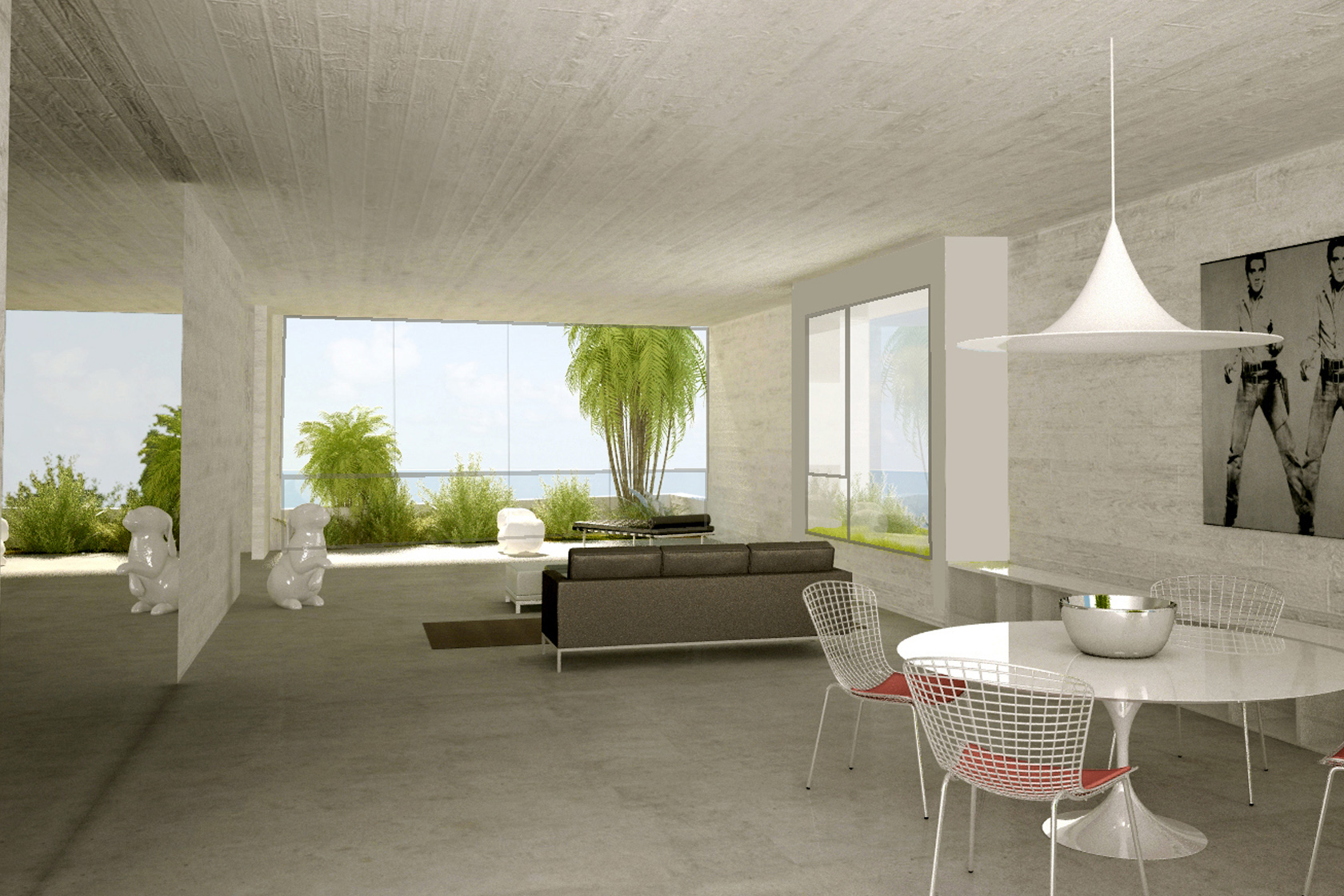
The building expresses a love and a longing for the organic, with modern urban gardens on each floor. Stunning views, lofty rooms and open spaces offer a new direction for “The Paris of the Middle East”. Buried seven times over millenia, it is as if the city’s many layers are being unearthed in a way that acknowledges the past, but also offers new hope after so much recent pain.
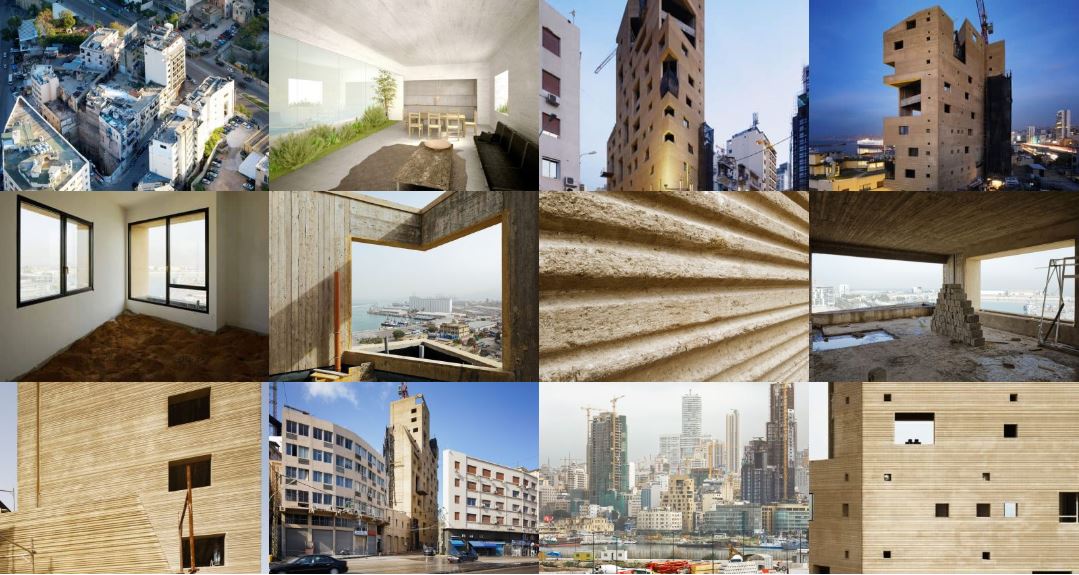
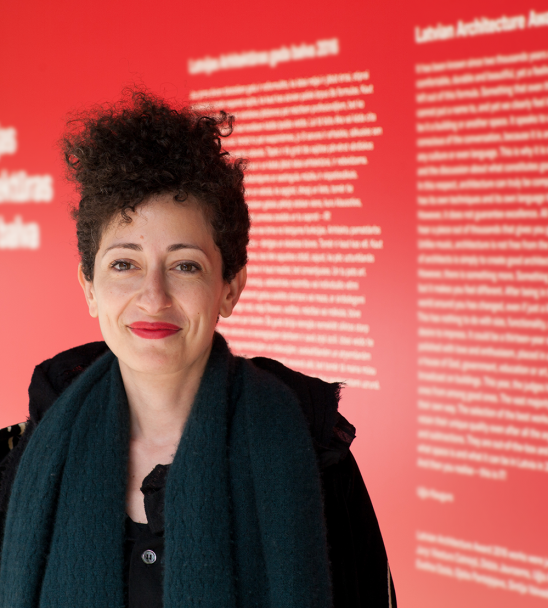
Lina Ghotmeh.

